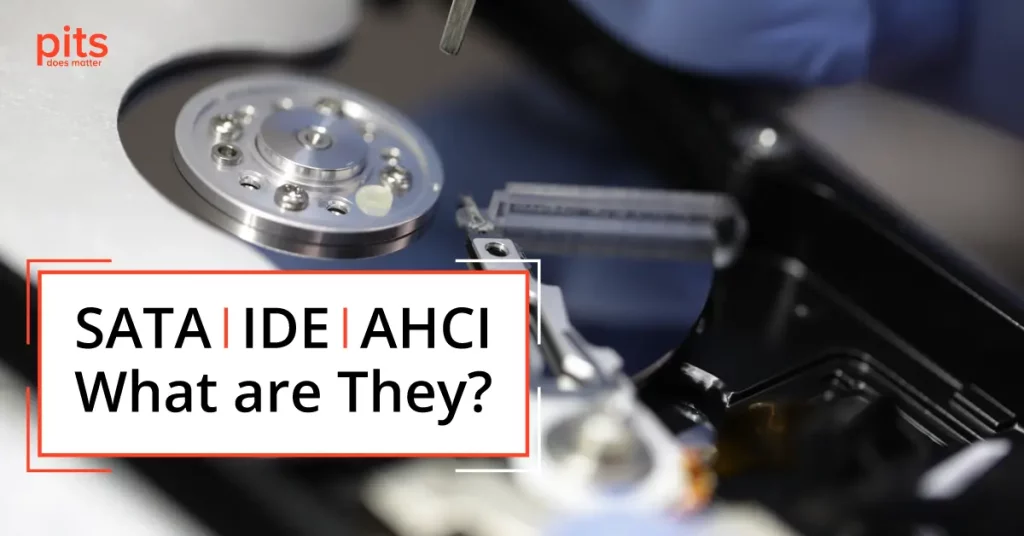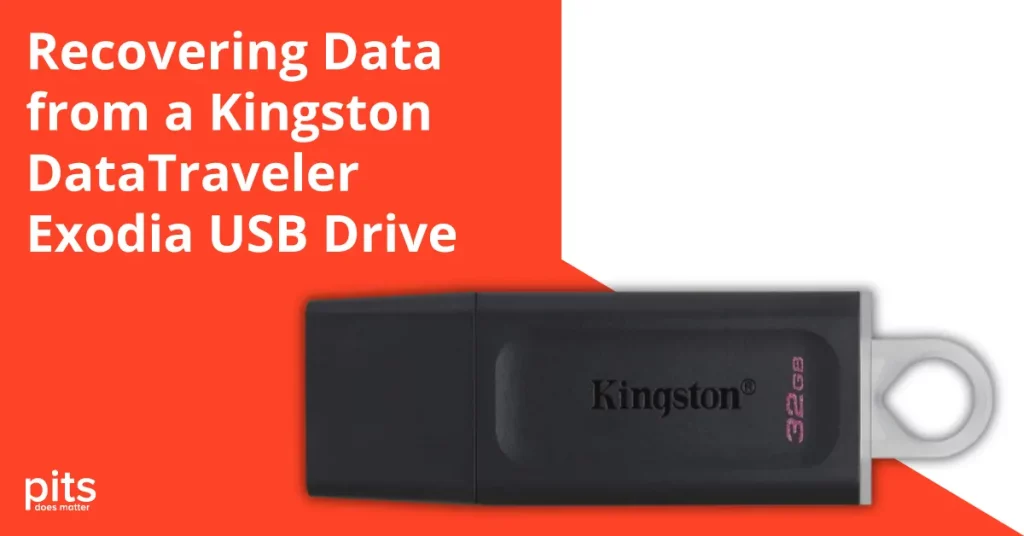In the world of computer hardware and storage solutions, understanding different technologies is crucial for making informed decisions. Three commonly encountered terms in this realm are SATA, IDE, and AHCI. Each of these plays a significant role in how data is transferred between your storage devices and your computer. In this blog post, we will break down what SATA, IDE, and AHCI are, how they work, and their respective advantages and disadvantages.
What is IDE?
IDE stands for Integrated Drive Electronics. It is an older interface standard used for connecting hard drives and optical drives to a computer’s motherboard. IDE drives, also known as PATA (Parallel ATA), were widely used in computers from the 1980s until the early 2000s.
Key Features of IDE:
- Data Transfer: IDE typically supports data transfer rates up to 133 MB/s.
- Cabling: IDE uses a 40 or 80-pin ribbon cable, allowing up to two devices to connect to a single port on the motherboard.
- Master/Slave Configuration: When two IDE drives are connected to the same cable, one must be set as the master and the other as the slave.
Advantages of IDE:
- Simplicity: The master/slave configuration allows for straightforward setups in older systems.
- Widespread Compatibility: IDE drives were compatible with many systems and operating systems during their peak.
Disadvantages of IDE:
- Limited Speed: The maximum data transfer rate is significantly lower than that of modern interfaces.
- Bulky Cables: The ribbon cables used for IDE can be cumbersome and can impede airflow within the case.
What is SATA?
SATA stands for Serial ATA. It is the successor to IDE and has become the standard interface for connecting hard drives and SSDs in modern computers. SATA was introduced in the early 2000s and has largely replaced IDE due to its improved performance and ease of use.
Key Features of SATA:
- Data Transfer: SATA supports higher data transfer rates, with SATA I, II, and III offering speeds of up to 1.5 Gb/s, 3.0 Gb/s, and 6.0 Gb/s, respectively.
- Cabling: SATA uses thin, flexible cables that can be easily routed within a computer case, improving airflow and organization.
- Hot Swapping: Many SATA drives support hot swapping, allowing users to replace drives without shutting down the system.
Advantages of SATA:
- Faster Speeds: SATA offers significantly faster data transfer rates compared to IDE.
- Improved Cable Management: The thin cables make it easier to manage connections and airflow inside the computer case.
Disadvantages of SATA:
- Limited Compatibility: Older motherboards that only support IDE may require adapters to use SATA drives.
What is AHCI?
AHCI stands for Advanced Host Controller Interface. It is a technical standard that specifies the operation of Serial ATA (SATA) host controllers. AHCI is not a physical interface like SATA or IDE, but rather a protocol that allows the operating system to communicate with SATA devices.
Key Features of AHCI:
- Native Command Queuing (NCQ): AHCI supports NCQ, which allows multiple read and write commands to be queued and executed more efficiently, improving performance in multitasking scenarios.
- Hot Swapping: AHCI enables hot swapping of SATA drives, allowing users to add or remove drives without rebooting the system.
Advantages of AHCI:
- Enhanced Performance: With features like NCQ, AHCI can improve data throughput and responsiveness, especially with multiple drives in use.
- Compatibility with SSDs: AHCI is essential for taking full advantage of the speed and capabilities of SSDs connected via SATA.
Disadvantages of AHCI:
- Overhead: While AHCI provides benefits, there can be a slight performance overhead compared to older modes of operation, especially in systems that do not utilize advanced features.
Conclusion
Understanding SATA, IDE, and AHCI is vital for anyone involved in building, upgrading, or maintaining computer systems. While IDE was once the standard for connecting drives, SATA has taken its place due to its superior speed and efficiency. AHCI complements SATA by enabling advanced features that improve performance, particularly for SSDs.
When upgrading or building a new system, choosing the right interfaces and protocols can significantly impact overall performance and data management. Whether you’re dealing with legacy systems or modern builds, having a clear grasp of these technologies will help you make informed decisions about your storage solutions.


